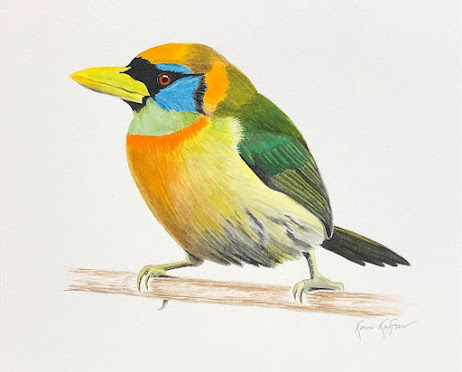Lifecycle of a Black Swallowtail Butterfly
An album depicting the lifecycle of a Black Swallowtail - from egg to adult!
First, the egg...
Plants in the carrot family (Queen Anne's Lace, and herbs like Parsley and Dill) are the host plants for Black Swallowtails. The adult butterfly laid the egg in the photo above right in front of me! I'm struggling to describe the feeling of seeing something like this tiny pearl of life happen right before my eyes. I wish this feeling for all of you at least once in your lifetime. And I love the fact that the first thing the itty-bitty caterpiggles do is eat the egg shell! I watched this happen under a microscope once and it was remarkable!
Speaking of caterpiggles...
Here's a tiny early instar. See that white "saddle" in the middle of this caterpiggle's back? Well, apparently, that white saddle is "due to uric acid deposits that may function as antioxidant to protect larvae from phototoxic chemicals in the diet." (Timmerman & Berenbaum 1999).
Below are various stages of caterpiggle development known as "instars."

 |
| This fully grown caterpiggle is preparing to pupate by spinning a silken harness to secure itself with. |
 |
| And this is what it looks like just after pupating. You can see the caterpiggle's shed skin wadded up below the chrysalis. |
 |
| The chrysalis darkens as it hardens. |
Oh, and I just had to include an image of the bizarre "osmeterium."
The osmeterium is a gland and you only see it when the caterpillar feels threatened. It also emits a very strong odor that acts as a defense mechanism to ward off predators. (I still can't decide if I think it smells good or awful!) Because just when you think these doggone things couldn't be ANY cooler ... BAM, they pop fleshy, wet looking, really smelly, orange horns out the top of their head.
And here's the end result of all this effort and transformation: the stunning adult Black Swallowtail
It's hard to believe these things are even real, isn't it?! Nature seems more like magic than reality sometimes. I hope you're providing host plants for butterflies and moths in your garden, so you too can have the remarkable experience of watching this process happen right before your eyes!








Thanks for this great post. These butterflies come by my Northern Michigan river property in June and your photos of their development are stunning, and deepen my knowledge.
ReplyDelete